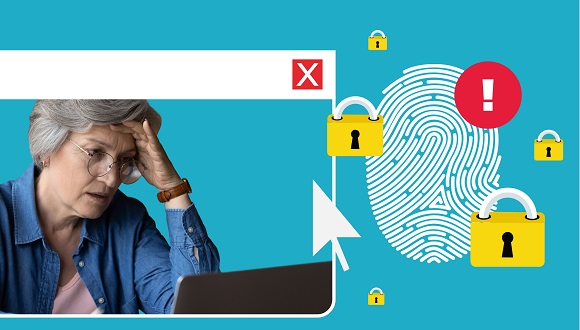PotatoCorner07
Contributor

1. Choose Robust and Distinctive Passwords-Create complex passwords for each account and consider utilizing a reputable password manager for secure storage.
2. Enable Two-Factor Authentication (2FA)-Strengthen account security by activating 2FA, requiring an additional code or token in addition to your password.
3. Maintain Software Up-to-Date-Regularly update your operating system, browsers, and applications to patch security vulnerabilities and deter potential attacks.
4. Safeguard Personal Information-Limit the sharing of personal details online, especially on social media platforms, and exercise caution when sharing sensitive information.
5. Remain Alert to Phishing Attempts-Exercise caution when encountering links or downloads from unfamiliar sources, verifying the legitimacy of websites before disclosing sensitive information.
6. Strengthen Wi-Fi Security-Implement strong encryption methods and use a challenging, unique Wi-Fi password to prevent unauthorized access to your network.
7. Utilize Virtual Private Networks (VPNs)-Protect your online activities by encrypting internet connections and hiding your IP address, especially when using public Wi-Fi networks.
8. Regularly Monitor Accounts-Stay vigilant by reviewing bank statements, credit reports, and online accounts for any signs of suspicious activity, promptly reporting unauthorized transactions or changes.
9. Be Cautious with App Permissions-Review and customize permissions granted to mobile apps and browser extensions, limiting access to essential features and data.
10. Stay Informed About Cybersecurity Threats-Stay updated on common online risks such as malware, ransomware, and identity theft, empowering yourself to recognize and avoid potential dangers.
Last edited by a moderator: